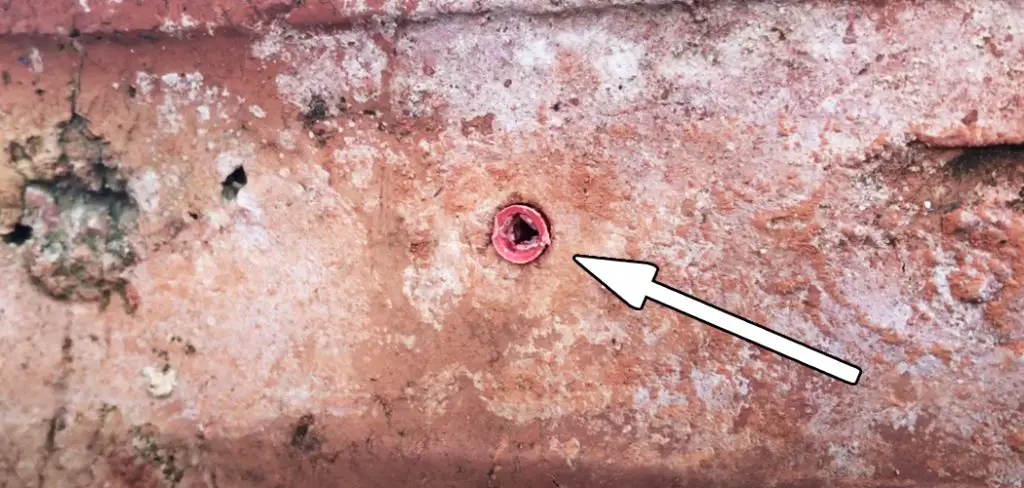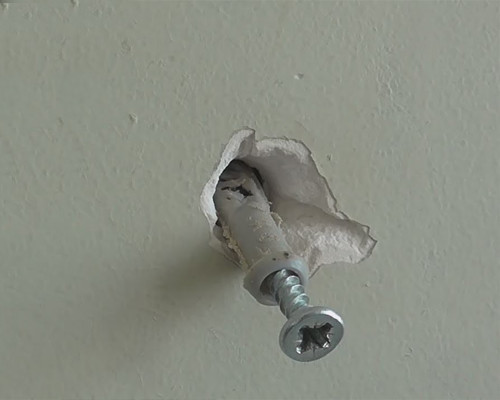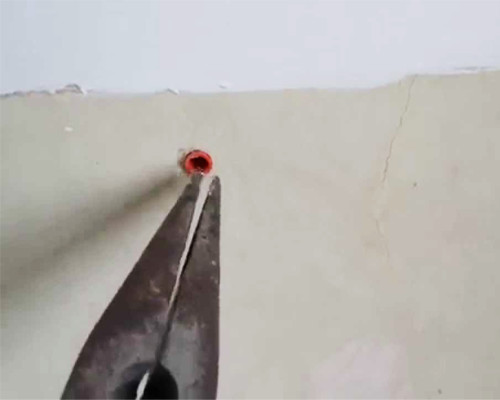If you need to remove a wall plug from a tile, concrete, brick, or wood surface, you can do a few things.
There are many reasons why you might need to remove a wall plug from a wall. For example, if you plan to plaster or paint the Wall, you will need to remove any wall plugs in the way.

Alternatively, if a wall plug has become loose, you may need to remove it and replace it with a new one. Whatever the reason, removing a wall plug from a wall is a relatively straightforward task that can be completed in a matter of minutes.
Table of Contents
- How to Remove Wall Plugs From Different Types of Wall?
- Some Tips:
- What Can I Use as a Wall Plug Instead?
- Should I Remove Wall Plugs Before Filling a Hole?
- How to Remove Tight Screws From the Wall Plug?
- Are Wall Plugs Reusable?
- Conclusion
How to Remove Wall Plugs From Different Types of Wall?
At present, the use of plastic wall plugs is prevalent. But you may face many types of complications regarding their removal because they have to do wall plug removal work differently on concrete, tiles, brick, and wooden walls.
For example, if you drill into a tile or brick wall and remove the wall plug, the possibility of wall damage is high.
I have worked with them and am sharing my practical experience with you.
Remove Wall Plugs From Tiles
- First locate a screw equal to the wall plug, then insert it into the hole of the wall plug using a screwdriver and tighten it slightly.
- Now grab the screw with pliers, wiggle it, and pull it outwards. (Hold the screw with pliers keeping some distance from the tiles. Otherwise, the tiles may crack there)
- Repeat the process of the pliers until you can pull them out.

Optional: After inserting the screw, you can also pull out the wall plug with a claw hammer
Remove Wall Plugs From Concrete or Drywall
Assuming you want to remove a wall plug from concrete, a drill is the best way to do so. Let’s find out how to do it.
- Use a drill machine with a left-hand drill bit, which should be the same size as the wall plug or slightly smaller.
- Place the drill bit along the center of the wall plug, and turn it slowly.
- Repeat procedure no. 2 until it comes out. If a part of the wall plug comes out, you can pull it out using pliers.

Tips: You can also apply the tiles method mentioned above to remove the plug from the concrete.
Remove Wall Plugs From Brick or Wooden Wall
The tiles and concrete methods also apply to bricks or wood walls. It will make no difference.
Some Tips:
- Always wear safety glasses & eye protection sunglass when working with power tools.
- If the Wall is made of soft material such as plaster, be very careful not to damage it while removing the wall plug. Work slowly and carefully to avoid damaging the Wall.
- If the wall plug is stuck, you can try using a lubricant such as WD-40.
What Can I Use as a Wall Plug Instead?
Many wall plugs are available on the market, so it really depends on what you need the wall plug for. If you need a wall plug to hold a screw in place, then you can use a hammer-in plug, which is driven into the Wall with a hammer.
Should I Remove Wall Plugs Before Filling a Hole?
Removing the wall plugs will allow the hole to be filled more evenly and help prevent air pockets’ formation. It will also help to prevent the shape of a “lump” in the middle of the hole.
How to Remove Tight Screws From the Wall Plug?
The best way to remove a tight screw from a wall plug may vary depending on the type and size of the screw and the material of the wall plug.
However, some general tips that may be helpful include using an impact driver to loosen the screw or using a cutting tool to make a slot for a flat-head screwdriver.
Are Wall Plugs Reusable?
It totally depends on you how to remove the wall plug. If you remove it intact, in that case, you use it for your following projects, but many times it will be damaged. So I do not recommend using the usable wall plug.
In my opinion, no one should use a wall plug the Second time; it is a bit risky.
Conclusion
Whether you need to remove a wall plug for aesthetic reasons or because it is damaged, there are a few different ways that you can do so. The best method used depends on the type of Wall plug it is embedded in, as well as the size and type of screw. With a bit of effort, you should be able to remove the wall plug without damaging the surrounding area.
If you have any questions or suggestions, please feel free to comment below. And don’t forget to share this article with your friends if you found it helpful!
